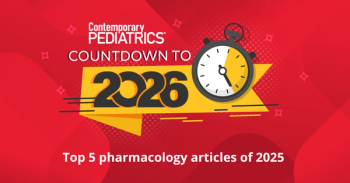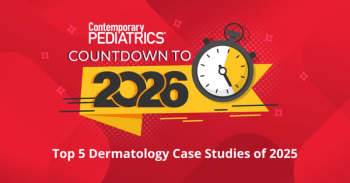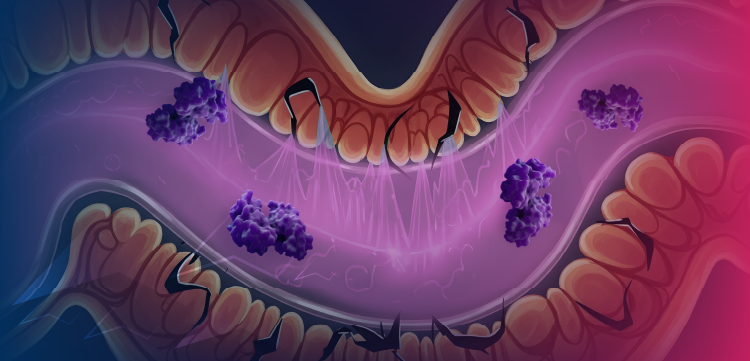
Newborn screening: Guiding parents through the diagnostic maze
The number of conditions detected by newborn screening has grown dramatically in recent years.
The number of conditions detected by newborn screening (NBS) has grown dramatically in recent years, from an average of 8 conditions in 2004 to an average of 41 in 2009.1 Larger newborn screening panels facilitate early identification of treatable disorders, reducing morbidity and mortality. They also result in tens of thousands of false positives annually, ambiguous findings, questions about the disposition and use of dried blood spots, and diagnosis of disorders for some conditions with as-yet-little-understood natural histories and unproven treatments.2,3
These complexities, combined with rapid addition of new conditions to state screening panels, create complicated circumstances for both parents and clinicians to navigate.4,5
Pediatricians should be encouraged to share publicly-in debates, hearings, policy-related discussions, and other forums-what they see families going through with NBS and what they think will best serve the needs of families in the future. In developing these recommendations, I have drawn from both a review of the existing literature on parent experiences and on my own qualitative interviews with parents whose children were diagnosed with cystic fibrosis.8,9
Newsletter
Access practical, evidence-based guidance to support better care for our youngest patients. Join our email list for the latest clinical updates.








